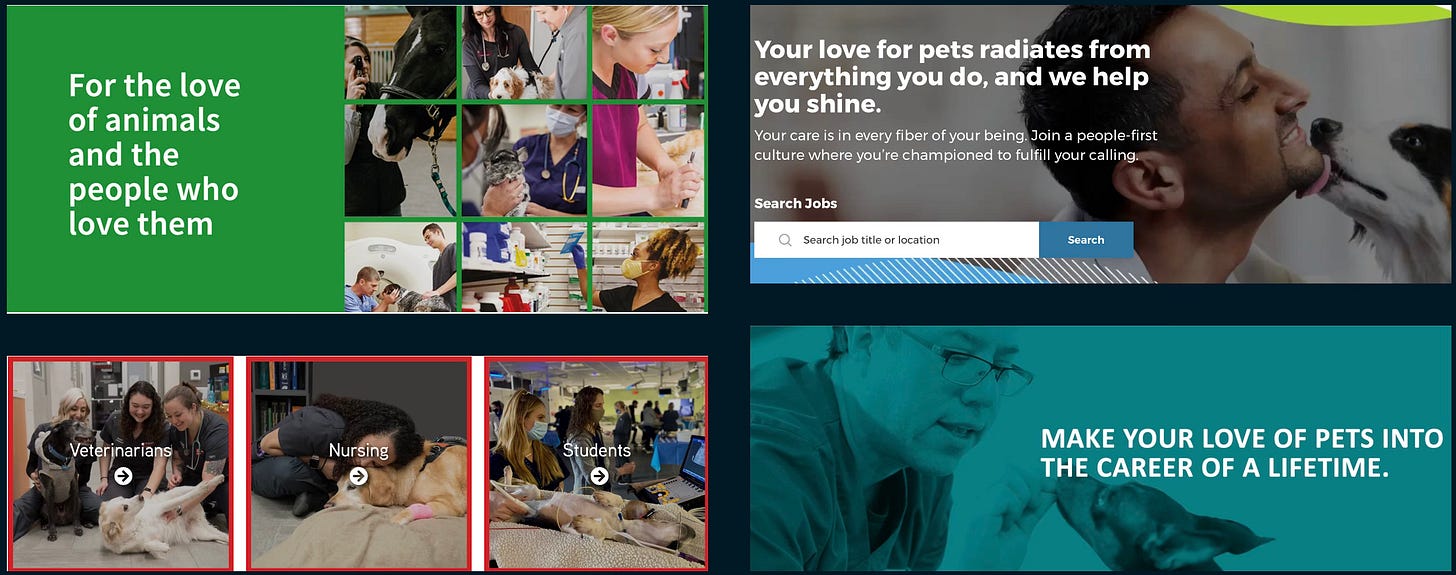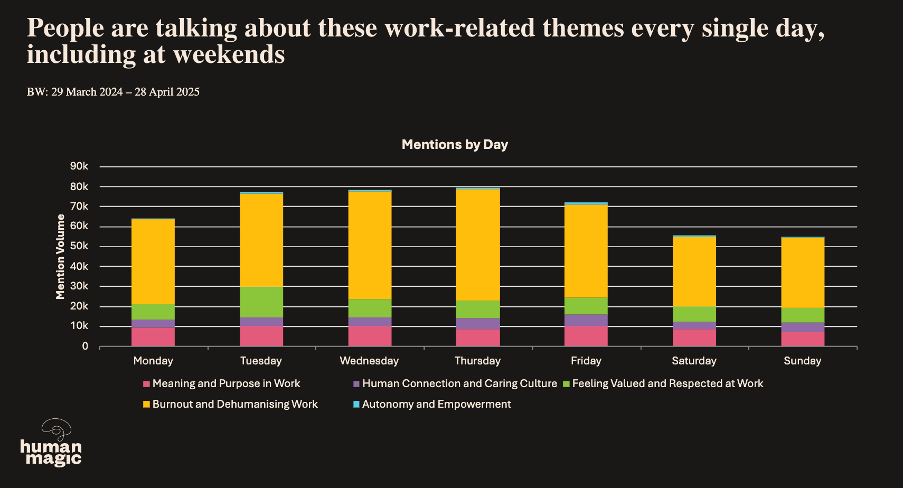Does your EB include the disengaged?
Uncover the secret Einsteins in your team
Insight
Build your EB around the disengaged too
Albert Einstein’s teachers considered him “slow.”
They said he would “never amount to anything” and “was hopeless at physics”.* Einstein. Hopeless. At physics.
In their eyes, Einstein probably wouldn’t have qualified as “engaged” – much like almost 80 percent of the workforce right now.*
And yet these days, his name is a metonym for “genius.”
Because disengaged doesn’t mean useless or unskilled. A disengaged person is someone who isn’t in the right conditions to thrive. That’s all.
How many extraordinary people might be in your team right now, quietly languishing? Because of poor management, overworking, or other factors outside of their control.
Since these folks aren’t especially vocal at work, you probably won’t hear about it in traditional EB surveys and focus groups.
(And that’s if they’re even asked – in 2024, only a third of workers were asked for their feedback more than once a year, Qualtrics data shows.)
Which means most companies end up building employer brands around the engaged minority.
The problem with this? An employer brand that doesn’t ring true with 79% of its employees doesn’t help anyone.
Because you’re selling a fantasy.
And while disengaged workers keep quiet at work, they’re getting loose-lipped online. Our recent Brandwatch research shows burnout and dehumanisation are the hottest topics of work-related discussions.
They’re talking about it all through the week…
At all times of the day…
These people want to be heard. They’re just choosing other channels to vent their frustrations.
Remember, employer branding isn’t always about drawing in new talent.
It’s also about engaging and reinvigorating the talent you already have. Making the most of the Einsteins right under your nose – which you can only do if you acknowledge their value and listen.
Benefits of including the disengaged
You’ll create an employer brand people believe in. Real stuff resonates.
You’ll spot quiet brilliance. Not everyone’s potential is immediately obvious. (Heck, Einstein couldn’t speak fluently until he was nine.) Some of your best ideas are stuck in the heads of people who feel invisible.
You’ll give people a reason to care again. People don’t usually disengage overnight. They’re waiting for a reason to reconnect. Show them one.
→ Get employee engagement advice you won’t find on Google
Inspiration
Hilti: From vans to Ray Bans
Sometimes the simplest changes yield extraordinary results.
With this one tweak to their recruitment process, we helped Hilti to save 7.4 million dollars on their recruitment costs annually. No, really.
And all it took was replacing van ridealongs with Meta specs 🤓.
Watch the magic:
→ Curious about our other work?
Julie’s top trick
The 2-minute sea of sameness test
Put your creative and recruitment work beside your competitors.
Remove any logos or reference to brand names.
Now, can you and your colleagues tell which is your brand? Who stands out and why?
Lastly, observe what none of you are doing and find your whitespace.
Here’s an example using our work with VCA.
The process:

The result:
✅ To-do list
📚 READ: How people are using ChatGPT in 2025 versus 2024.
TherAIpy is on the rise.
🎥 WATCH: This quirky The Office remake is DHL’s new hiring tactic.
Working in the Esports logistics division never looked so good.
✅ TRY: The most unique careers site you’ll see this month
TL;DRs, tweets, fun facts and pizza polls.
🔢 STAT: Employees who mention burnout in reviews are 59% more likely to start job applications, even at top-rated companies.
Burnout isn’t just a feeling, it’s a flight-risk.
🥹 AW: Everyone deserves a ‘lunch note’ from Bill .
Pssst. Got thoughts? Questions? Memes?
Drop us a comment. (It makes us feel popular.)










